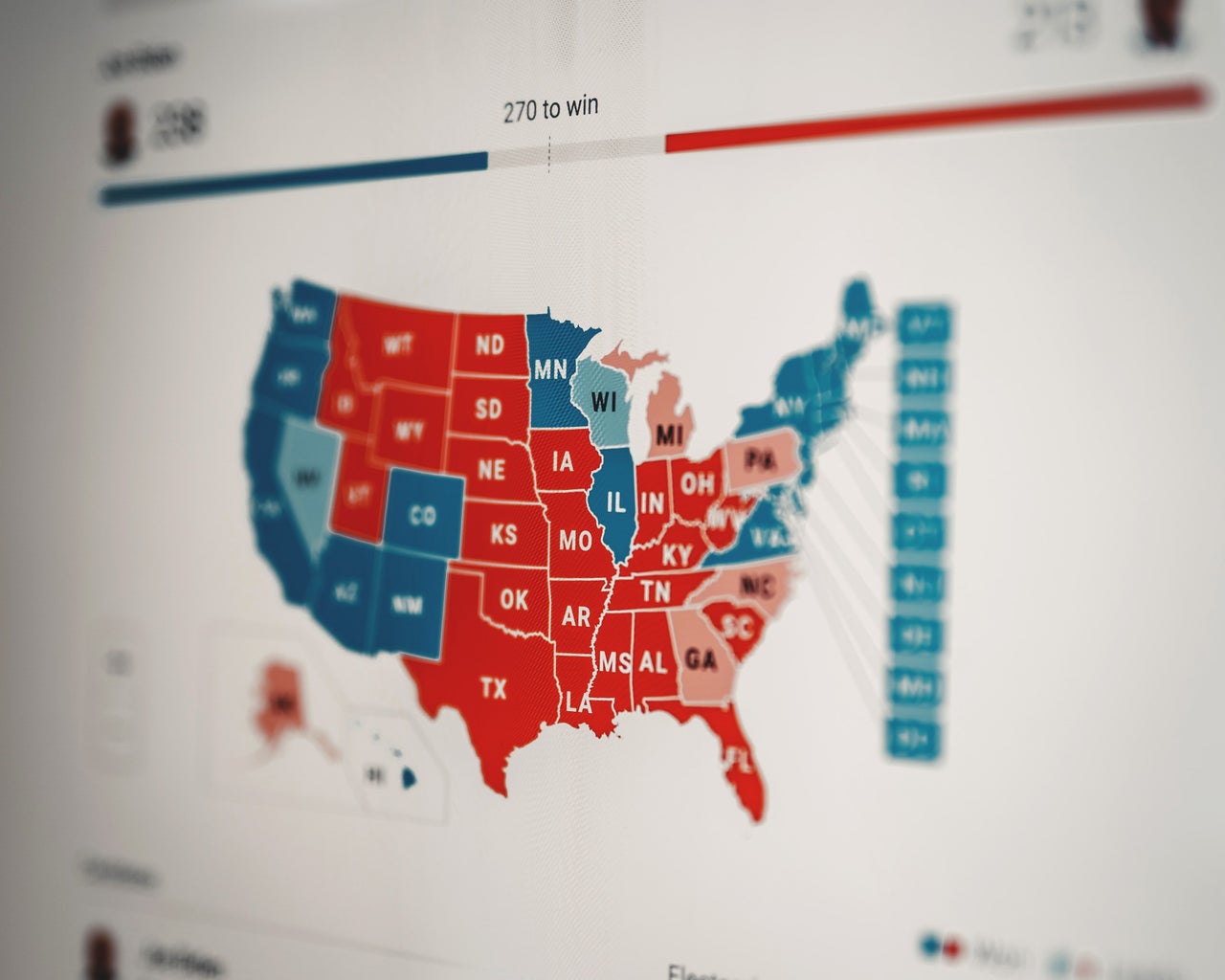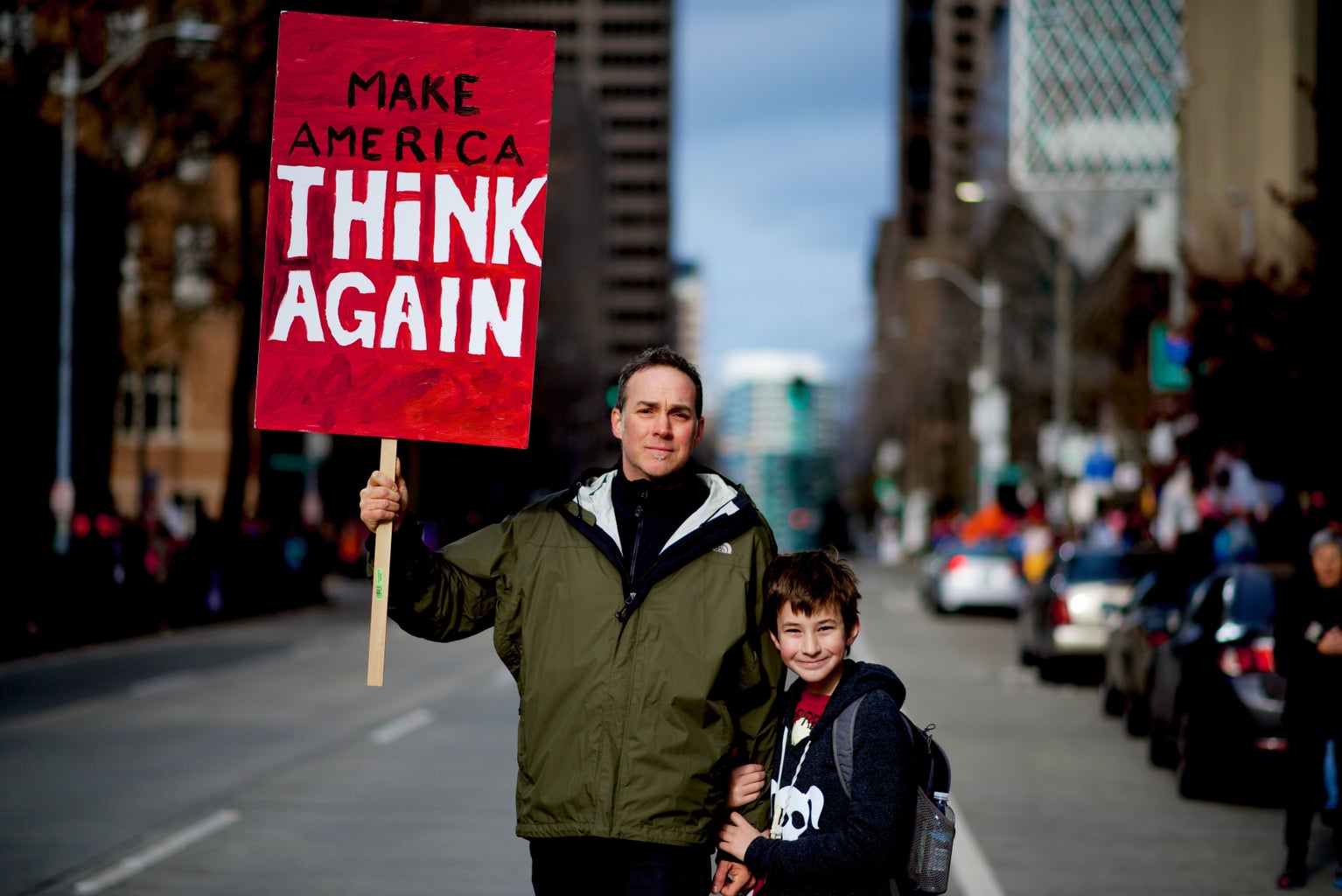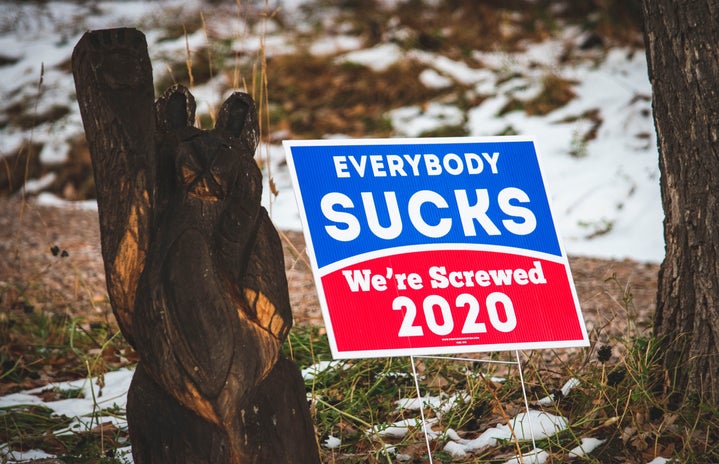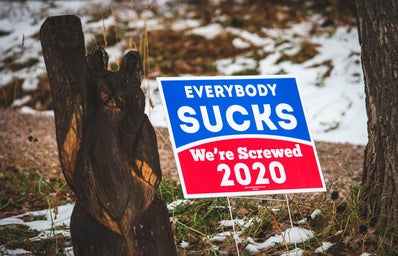In the short 21 years I’ve had, I’ve only been eligible to vote in one presidential election. I remember sitting in my third-grade class back in 2009 and watching the inauguration of Barack Obama, having very little idea how significant this day was in American history. Fast forward 12 years later and a lot has changed. Very few years of my life have been spent paying attention to politics, but a lot has shifted in the United States since the 2016 election. This country has faced serious political divide over the past eight years, and I’ve been wondering for a while now what has made our blue and red parties so polarized.
According to the American Psychological Association, in 1960, only 4% of Democrats and 4% of Republicans said they would be disappointed if their child married someone from the opposite political party. By 2018, 45% of Democrats and 35% of Republicans reported they would be unhappy if their child did the same thing. What has caused us to increasingly disassociate with others for the political party they choose? The way we personally identify with these parties has created such an intense divide.

One factor that explains the intensified party identification is the media environment we have today. People used to get their information between three different channels that covered the news objectively. Now, news sources profit off of political disagreement. With cable TV and the internet, it’s easier now more than ever to tune into the sources that support our world views. Everyone is convinced their opinions are right due to these “filter bubbles” where we choose to see only what we want to see.
Our choices to receive information are limitless. Specific channels such as Fox News and CNN reinforce their political agendas which encourage republicans to typically watch Fox and liberals to typically watch CNN. Now that viewers aren’t gathering their information from the same three channels like they once did, the extremes on both ends have increased. Over the past twenty years, the number of Americans in the “tails” of the political spectrum has doubled from 10% to 21%. Meanwhile, the center has shrunk: 39% currently have an equal number of liberal and conservative positions. That is down from 49% of the public in surveys conducted in 1994 and 2004.
Our interpersonal connections and where we live impact our political stances as well. Pew Research Center studies have shown that liberals prefer to live in cities while republicans would rather live in rural areas and small towns. This same study concluded that liberals emphasized the importance of racial and ethnic diversity in a community; conservatives emphasized shared religious faith. Bringing our interpersonal connections into play, 63% of conservatives say most of their close friends share their views; 49% of liberals say most of their friends share their views. Here we see the tendency that people on the left or right associate with like minded people to the point of actively avoiding those who disagree. By continuously grouping with those who agree with us, we can see an increasingly strong aversion growing between the opposing parties.
Under Donald Trump’s presidency, the divide has raised the question if this country will be capable of sustaining a functional democracy much longer. Without a doubt, Trump has left office with a more polarized country than when he began his presidency. No, he did not create the differences that divide us, but he has encouraged them to gain power. In 2020 alone his leadership has increased the polarization in this country tremendously. The downplaying of the pandemic turned wearing a mask into a political statement. The encouragement of violence and abuse of power towards Black Lives Matter protestors created a terrifying environment for black and brown people across the country, specifically dealing with police force. Lastly, the lack of acknowledgement towards a peaceful transfer of power that encouraged the Capitol raid on January 6th has placed the political parties at the backs of each other.

Moving forward, Joe Biden, Congress, and voters alike must work hard to ensure that the policies we all support as a whole become law. We haven’t seen a president come into office with so many pressing issues in almost a century. His policies on immigration, abortion, and crime are left leaning but I think we can expect to see more unity under his presidency. Biden is currently is working to overcome these differences by working with leaders from across the political spectrum. We can see within his elected cabinet he has embraced racial and gender diversity as well. We have a long way to go but looking at Biden’s agenda for the benefit of both parties, I think we’re taking steps in the right direction.


